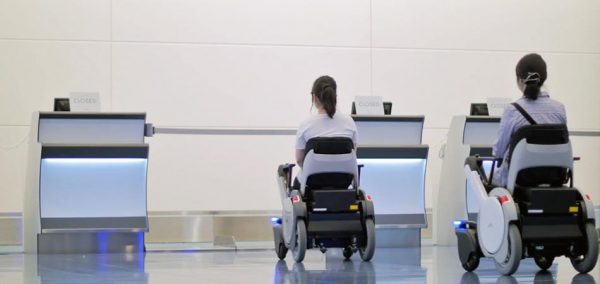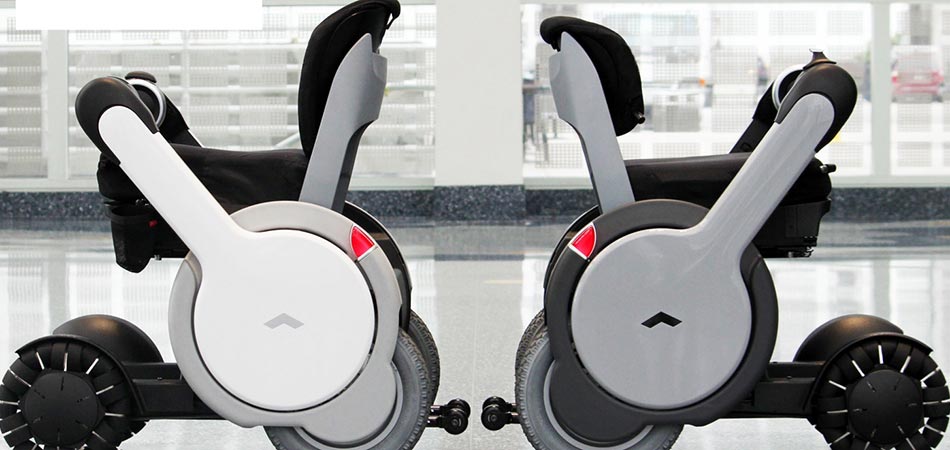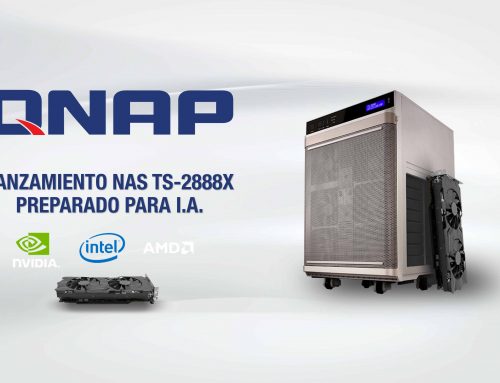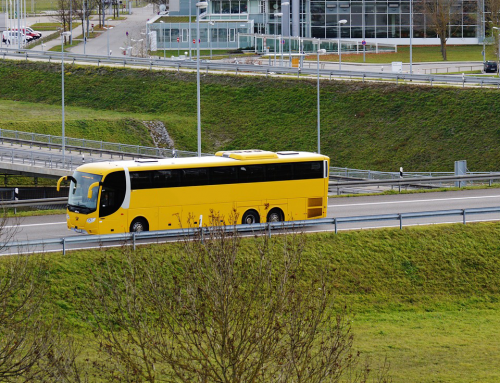Panasonic has started the trial period of two universal design solutions at Haneda airport in Tokyo (Japan), the objective is to provide a better service to handicapped people.
It is a robotic wheelchairs WHILL NEXT1 series provided with Panasonic developed technology that works through any LED light source such screens or billboards. A not visible to human eye code is programed in high frequencies of light that can be read by any smartphone running the corresponding app, the user activates the camera and aims to the light source and accesses the contents stored in the cloud.

Users request the WHILL NEXT through the smartphone and thanks to the autonomous mobility from robot HOSPI Panasonic, wheelchairs can identify their own location, select the route and move automatically to the location where is requested.
In the case of a group or a family request multiple wheelchairs, those will automatically align to move more efficiently and then provide the service. After use, the wheelchairs will automatically return to the storage location reducing by this workload for airport staff members.
Access to information for foreign people via LinkRay
One of the main issues for foreign people in their visit to Japan is to deal with local language. Panasonic’s solutions on this field is to place screens and lamp posts with LinkRay technology, this allows the people to aim their smartphones toward the screen or lamps and receive a translation of the information up to five different languages instantly.
Panasonic worked closely with the main train company in Tokio for this deployment: Keykyu Corporation together with the route information provider Jorudan.
This technology was deployed in different key locations within the airport such counters, point of sales (POS) or ticketing machines to provide visitors with information about maps, flight schedules and city transportation options.
Results obtained from this tests will be very useful for strategic places as airports to be prepared for the amount and diversity of people expected during Tokyo 2020 Olympic Games.
Source: Panasonic
Note: Editoral Keybps





